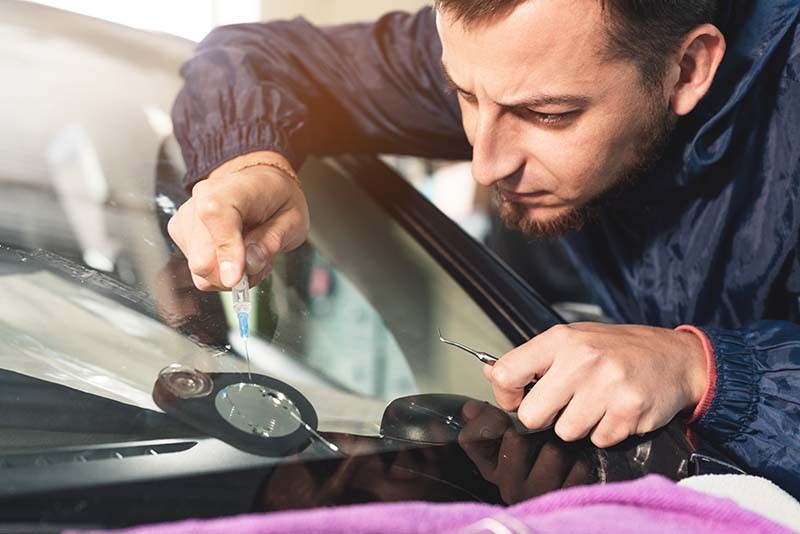A key part of contemporary automobiles is the Evaporative Emission Control (EVAP) system, which collects and holds fuel vapours from the gas tank to keep them from escaping into the atmosphere. The fuel tank, vapor canister, purge valve, and pressure sensor are some of the parts of the system. Its primary function is to ensure that only clean gases are released through the exhaust system by lowering dangerous hydrocarbon emissions. Although it operates separately from the exhaust system, both systems must cooperate to maintain the best possible emissions control. For expert maintenance and troubleshooting of your EVAP system, consider trusted Auto Repair in North Kingstown, RI services.
The Role of the Exhaust System
The exhaust system controls engine combustion gasses. Directing exhaust fumes out of the car neutralizes harmful contaminants before they enter the atmosphere. Oxygen sensors, mufflers, and catalytic converters reduce pollutants, boost engine economy, and ensure the car passes emissions tests. These components collaborate with the EVAP system to handle exhaust gases and fuel vapours.
How EVAP and Exhaust Components Interact
In different ways, the exhaust system and EVAP system cooperate to reduce harmful emissions. The EVAP system collects fuel vapours from the petrol tank and holds them in the charcoal canister while the car is moving. The purge valve opens to let these gasses burn in the engine when it reaches a specific temperature and pressure. The combustion gases, including those evaporated by the EVAP system, are subsequently handled by the exhaust system. Both systems must operate properly in order to achieve low emissions and guarantee that the car satisfies legal requirements.
Impact of Malfunctions on Emissions
The vehicle’s total emissions performance may be impacted by issues with the exhaust system or EVAP. For instance, fuel vapours may enter the exhaust system incorrectly due to a malfunctioning purge valve in the EVAP system, which could result in inefficient combustion and increased emissions. On the other hand, inadequate exhaust filtration may result from a blocked catalytic converter or a broken oxygen sensor in the exhaust system, which may have an impact on the processing of fuel vapours. Maintaining both systems is crucial since problems in one system frequently cause problems in the other.
Regular Maintenance and System Integrity
Regular car maintenance ensures exhaust and EVAP systems work properly. Change oxygen sensors, purge valves, and fuel caps regularly to avoid costly repairs. A clean exhaust system, including the catalytic converter and exhaust pipes, ensures the car runs well and meets emissions guidelines. By ensuring both systems work, drivers may lessen their vehicle’s environmental impact and save costly repairs.
Conclusion
Two essential components of the emissions control system that cooperate to lower pollutants are the exhaust and EVAP systems. To make sure your car operates well and complies with environmental regulations, proper maintenance and knowledge of how these systems work together are essential.




